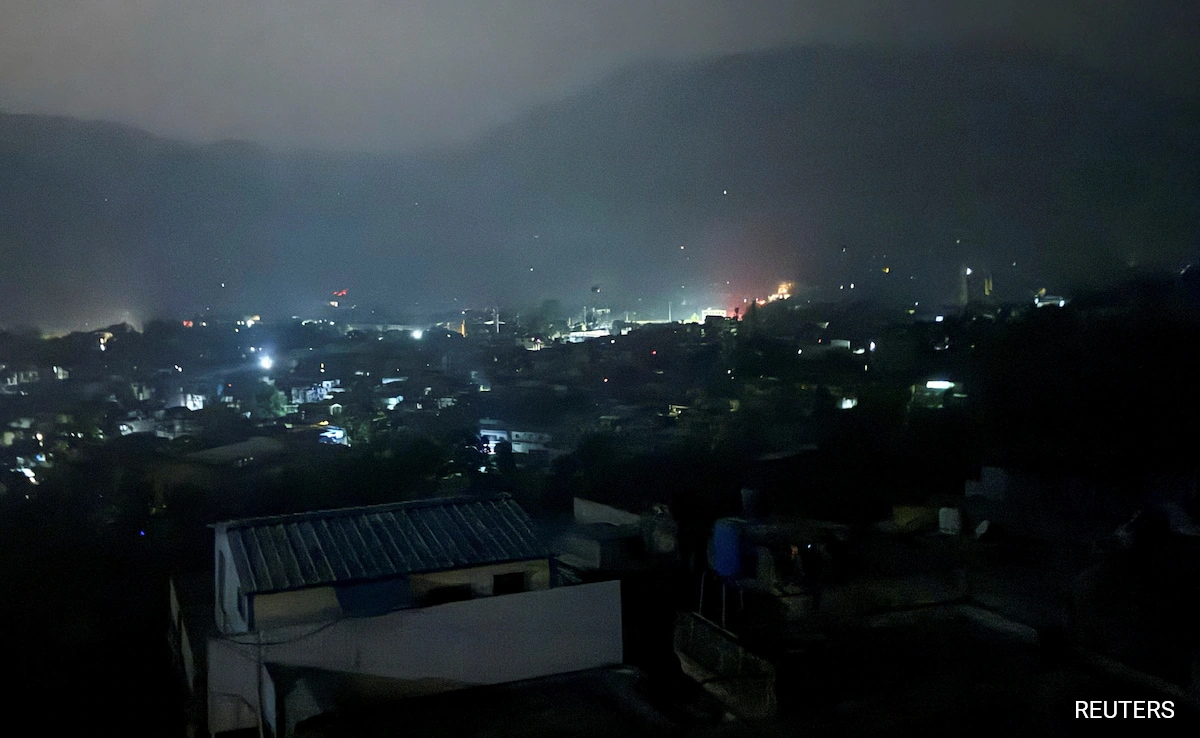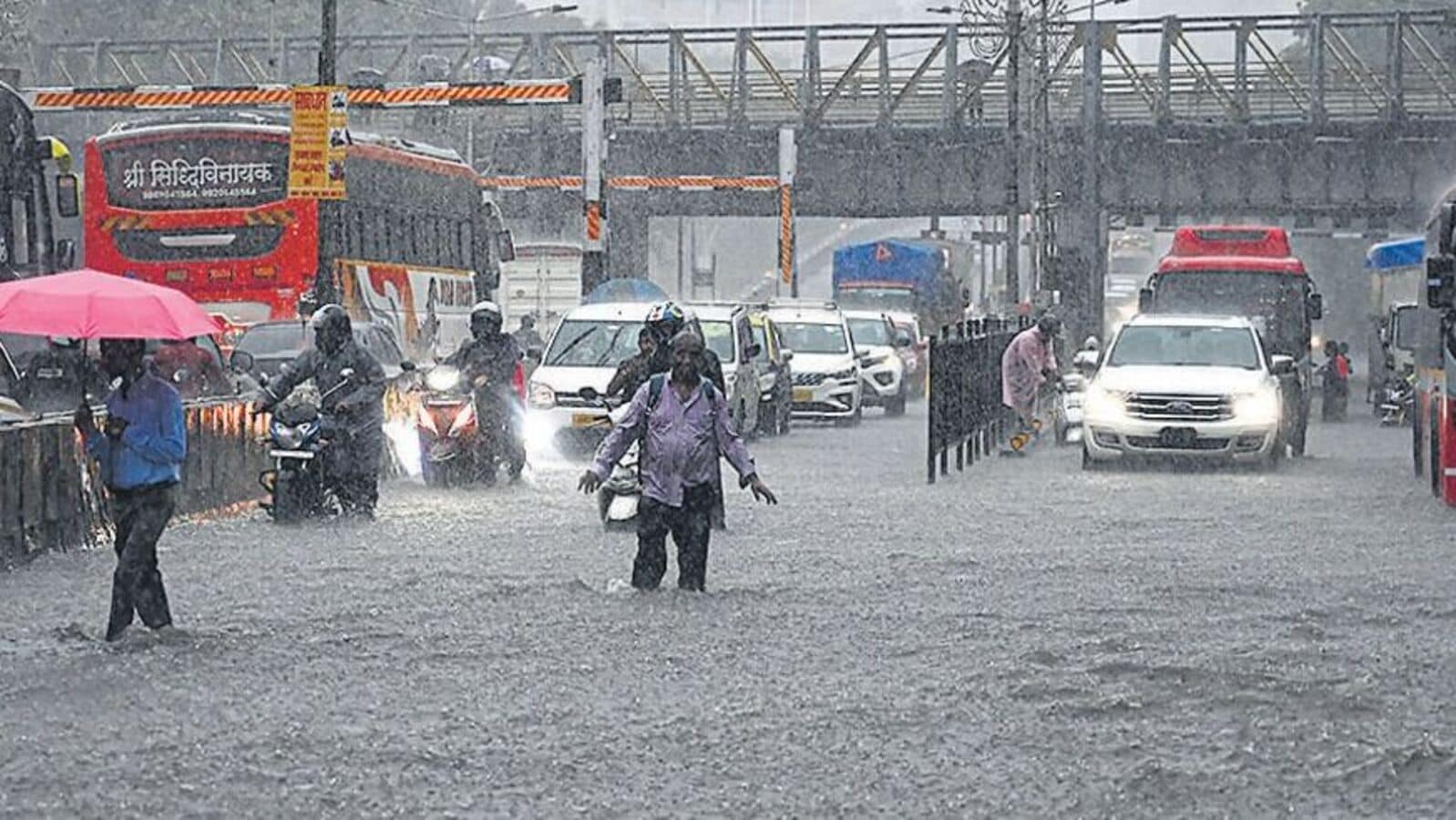Quick Reads
Summary is AI generated, newsroom reviewed.
Operation Sindoor – India’s military response to Pakistan and Pahalgam terror attack – resulted in over 100 terrorists being killed, Defence Minister Rajnath Singh said.
New Delhi:
Over 100 terrorists were killed in Operation Sindoor – India’s military response to Pakistan and the April 22 Pahalgam terror attack – Defence Minister Rajnath Singh said at a briefing of opposition leaders Thursday afternoon. Mr Singh also warned Pakistan – which reports indicate is considering a military response of its own – against escalating the conflict any further.
Sindoor is an “ongoing operation”, the Defence Minister told the opposition. India does not want to have to carry out further strikes, he said, but will hit back again if Pak forces attack.
The opposition told the government it will support its efforts to combat cross-border terrorism; Congress boss Mallikarjun Kharge told reporters, “We heard what they said… they also said some information had to remain confidential. We said ‘we are all with the government’.”
The all-party briefing was held in a cordial manner. Parliamentary Affairs Minister Kiren Rijiju remarked on this, telling reporters that everyone “showed maturity (and) did not indulge in bickering”. The meeting was meant for, and resulted in, a “broad political consensus”, he said.
On Wednesday evening government sources told NDTV 70 terrorists had been killed.
Sources also said the strikes had dismantled terrorist infrastructure in target areas.
Sindoor was a synchronised 25-minute strike – using precision weapons like the SCALP missile and HAMMER bomb – at nine terror camps in Pakistan and Pakistan-occupied Kashmir, or PoK.
The targets included the HQs and training camps of terrorist groups Lashkar-e-Taiba and the Jaish-e-Mohammed; a proxy of the former carried out the Pahalgam attack in which 26 people, most civilians, were killed and the latter for the 2019 Pulwama attack that killed 40 soldiers.
The targets were chosen based on “credible intelligence and their involvement in cross-border terrorism”, Colonel Sofiya Qureshi of the Army said Wednesday in a press briefing.
No Pak military establishment was targeted and the operation was timed to minimise civilian casualties, Colonel Qureshi said. She was accompanied by Wing Commander Vyomika Singh of the Air Force, who said the Indian military stands ready in case the Pak military retaliates.
Indian military action against terror camps in Pakistan came a fortnight after 26 people – all men, including a 70-year-old retiree and a Nepali national – were killed at Baisaran Valley, a tourist hotspot in Jammu and Kashmir’s Pahalgam.
Many were shot at point-blank range and in front of their wives and partners, triggering an outpouring of rage worldwide. India, which has repeatedly called out Pakistan for supporting cross-border terrorism, said it had proof the Pak deep state was involved.
Islamabad denied that claim and called for an international investigation. But, at a meeting of the United Nations Security Council last week, the Pak government was asked tough questions about terror groups like Lashkar continuing to operate from its territory.
India earlier announced a raft of non-military measures against Pak, including suspending certain kinds of visas and holding the critical 1960 Indus Waters Treaty, or IWT, in abeyance.
The IWT divides the Indus River and five of its tributaries between India and Pak, and feeds nearly 80 per cent of the latter’s farms. The suspension was called ‘an act of war’ and Pakistan retaliated by putting the 1972 Simla Agreement, which decided the Line of Control, on hold.
Since the Pahalgam attack Pakistan has also carried out cross-border firing every day. So far 13 people, including a soldier, have been killed as the Pak Army targets sectors like Uri, Kupwara, Baramulla, and Akhnoor, which lie across the LoC.
The Indian Army is delivering a proportionate response, the government has said.





